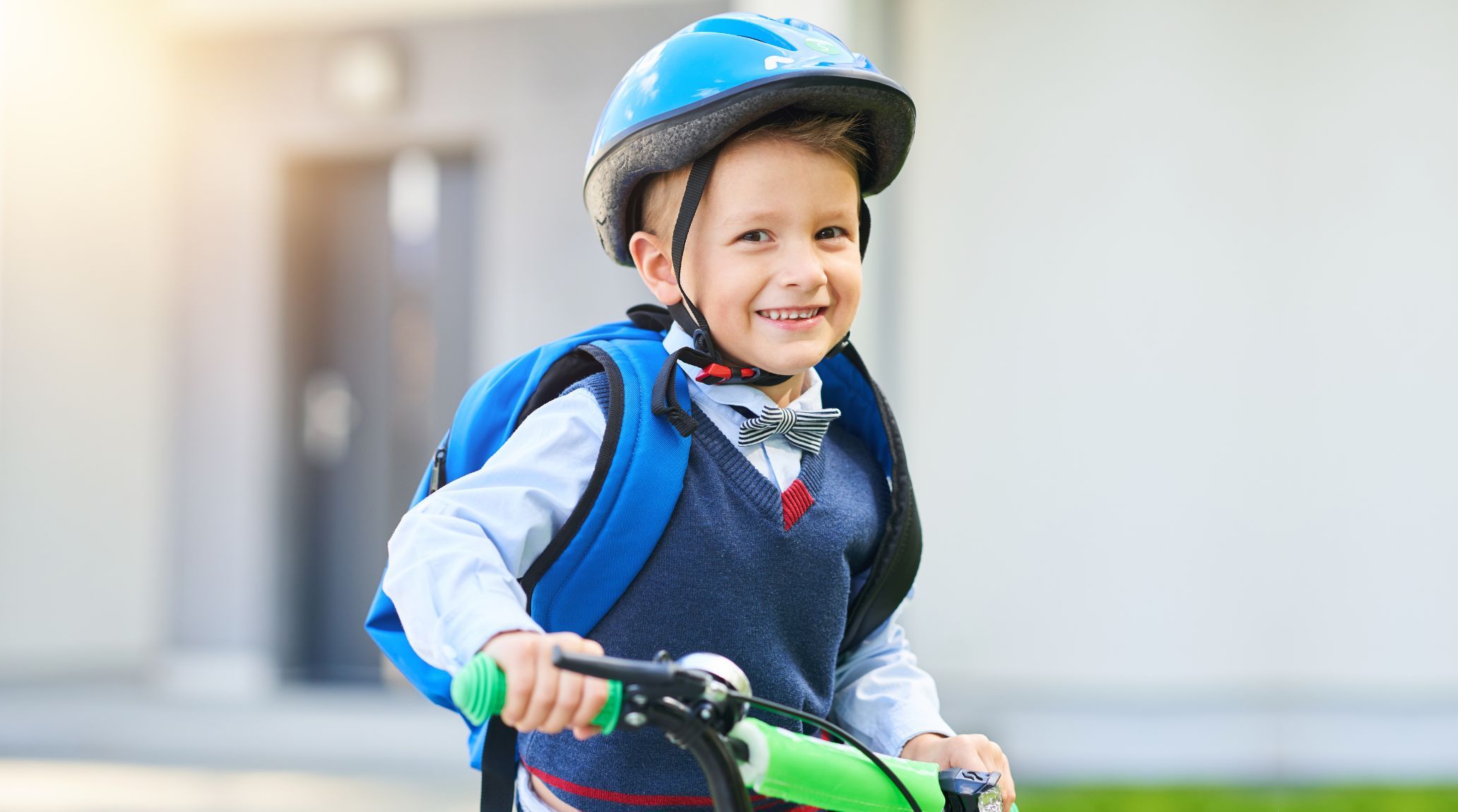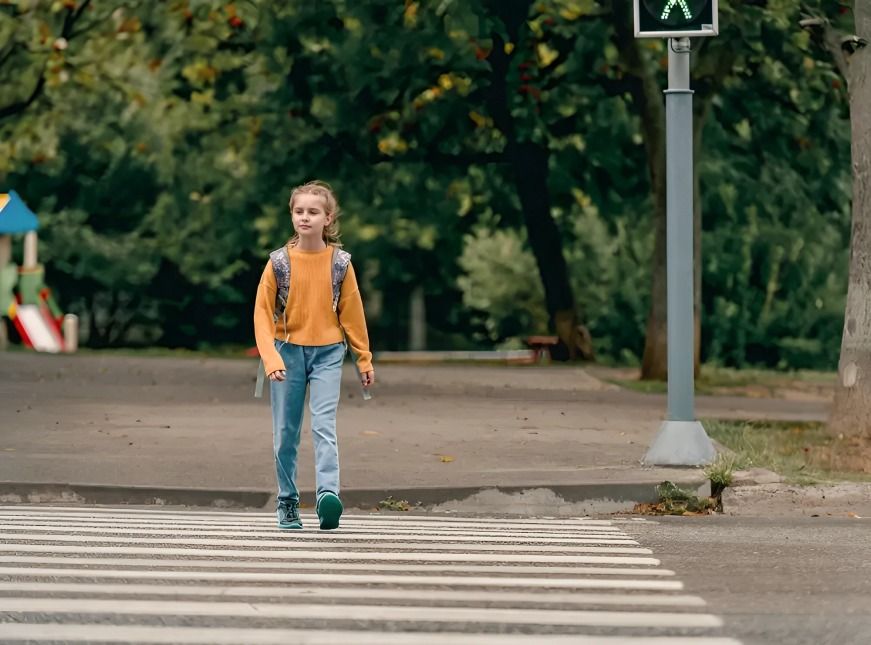
“
Exploring the great outdoors is an exhilarating experience for children, offering opportunities for adventure, learning, and physical activity. However, ensuring their safety during outdoor activities is paramount. This blog delves into 20 essential safety rules that parents and caregivers should teach children before venturing outdoors. From understanding environmental hazards to practicing safe behavior on trails and playgrounds, these rules aim to equip kids with the knowledge and skills to enjoy outdoor adventures safely. Let's empower our children with the tools they need to embrace nature while prioritizing their safety every step of the way.1
1
”
Teaching kids about nature goes beyond appreciation; it helps them understand potential hazards such as poisonous plants and wildlife encounters. This knowledge empowers them to explore safely and respect their natural environment.1
Understanding the importance of sunscreen and protective clothing is crucial for reducing the risk of sunburn and long-term skin damage in children. Encouraging consistent sun protection habits ensures they can enjoy outdoor activities safely.2

Educating children about staying hydrated during outdoor activities is essential for preventing dehydration and heat-related illnesses. Teaching them to recognize signs of dehydration and the importance of drinking water keeps them healthy.
Teaching basic first aid and emergency procedures equips kids to handle minor injuries and know when to seek adult help. This preparation instills confidence and readiness to respond effectively to unexpected situations outdoors.3
Knowing how to behave around animals, whether pets or wildlife, ensures safe interactions and prevents bites or attacks. Teaching children to respect animals' space and behavior helps foster positive interactions and avoids potential dangers.4
Explaining playground rules and equipment safety is crucial to reducing the risk of injuries from falls or misuse. By understanding and following safety guidelines, children can enjoy playgrounds safely while minimizing accidents.5
Smartwatches and other wearables can track a child's location, heart rate, and activity levels. Some devices even have emergency buttons that can alert parents or emergency services.6
Learning basic water safety, including swimming skills and understanding currents, prevents accidents near lakes, rivers, and pools. Educating children about water hazards and safety measures enhances their confidence and safety.7
Educating kids about weather changes and knowing when to seek shelter during storms or extreme conditions keeps them safe outdoors. Understanding weather patterns prepares children to make informed decisions and stay protected.8

Encouraging kids to stay with a group or buddy system reduces the risk of getting lost or separated during outdoor adventures. This practice enhances safety by ensuring children have support and supervision while exploring unfamiliar areas.
Dressing appropriately for outdoor activities, such as wearing layers for changing weather conditions, ensures comfort and prevents exposure-related illnesses like hypothermia or heat exhaustion. 9
Geofencing technology lets parents set virtual boundaries on their children’s smartphones. If the child moves outside a designated safe zone, an alert is sent to the parent’s device, helping them monitor and ensure their child's safety.10

Instructing children on road safety, including looking both ways before crossing and wearing reflective clothing at night, prevents accidents. These practices instill habits that protect children when navigating streets and busy roads.
Educating kids about campfire safety and fire prevention techniques reduces the risk of burns or wildfires during outdoor activities. Understanding fire safety rules promotes responsible behavior and ensures the safe enjoyment of outdoor fires.11
Instilling respect for the environment, such as picking up trash and avoiding damaging plants or wildlife habitats, promotes conservation. Teaching children to care for nature fosters a sense of responsibility and stewardship.12
Teaching kids to recognize and avoid poisonous plants or substances like berries or chemicals prevents accidental ingestion. This knowledge empowers children to identify hazards and stay safe during outdoor explorations.13
Teaching basic map reading and orientation skills helps kids navigate unfamiliar outdoor environments safely. These skills build confidence and independence, enabling children to explore and find their way more easily.14
Learning to use signals or calls for help in emergencies ensures kids can seek assistance when needed. Effective communication skills are vital for ensuring safety and prompt response during outdoor activities.15
Involving kids in planning outdoor activities, including setting goals and assessing risks, promotes responsible decision-making. This process encourages children to consider safety factors and enjoy outdoor adventures responsibly.16
Always use insect repellent during outdoor activities to protect yourself from insect bites. Applying repellent can help prevent discomfort and potential diseases carried by insects, ensuring a more enjoyable and safe experience in outdoor environments.17


